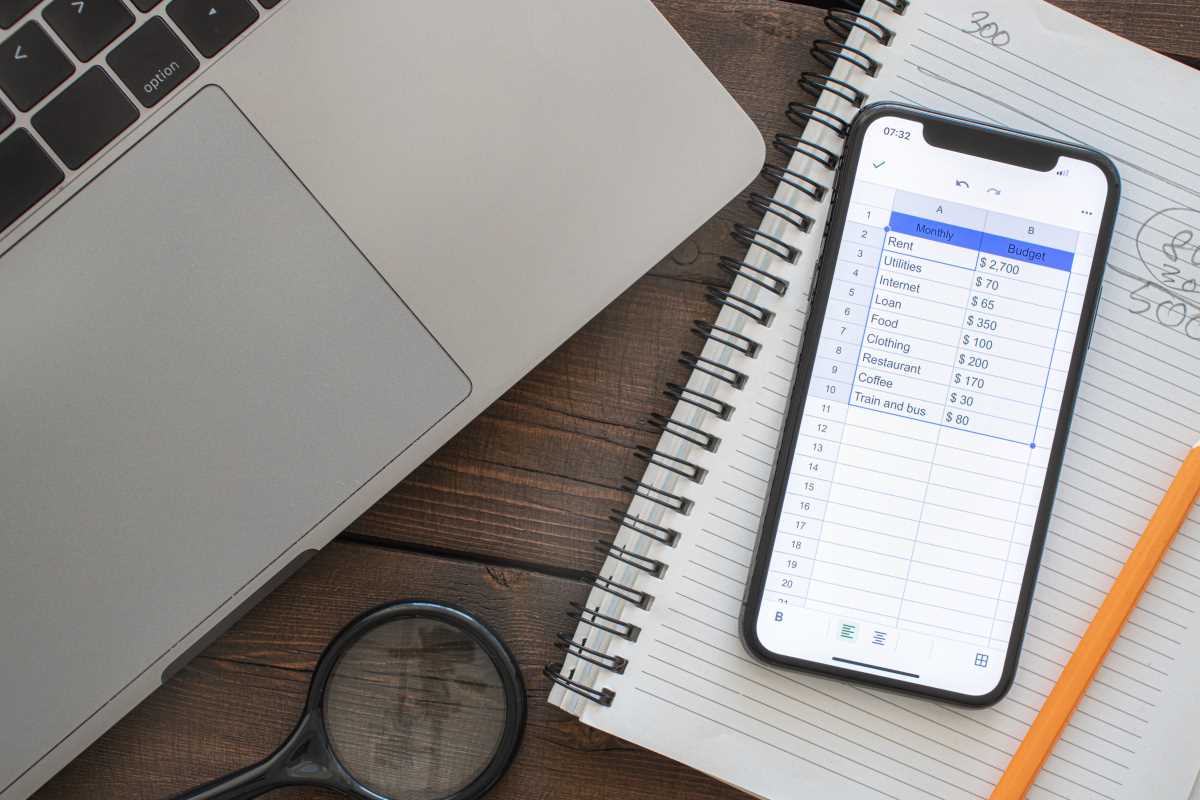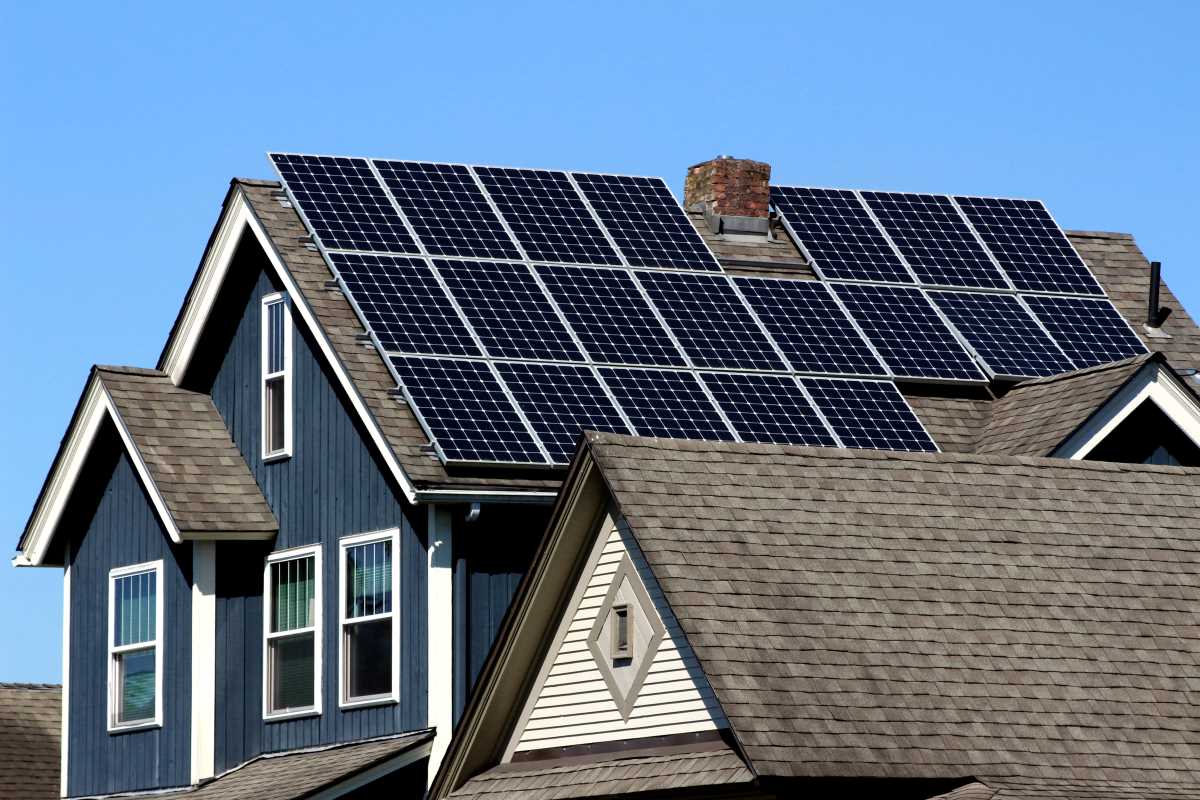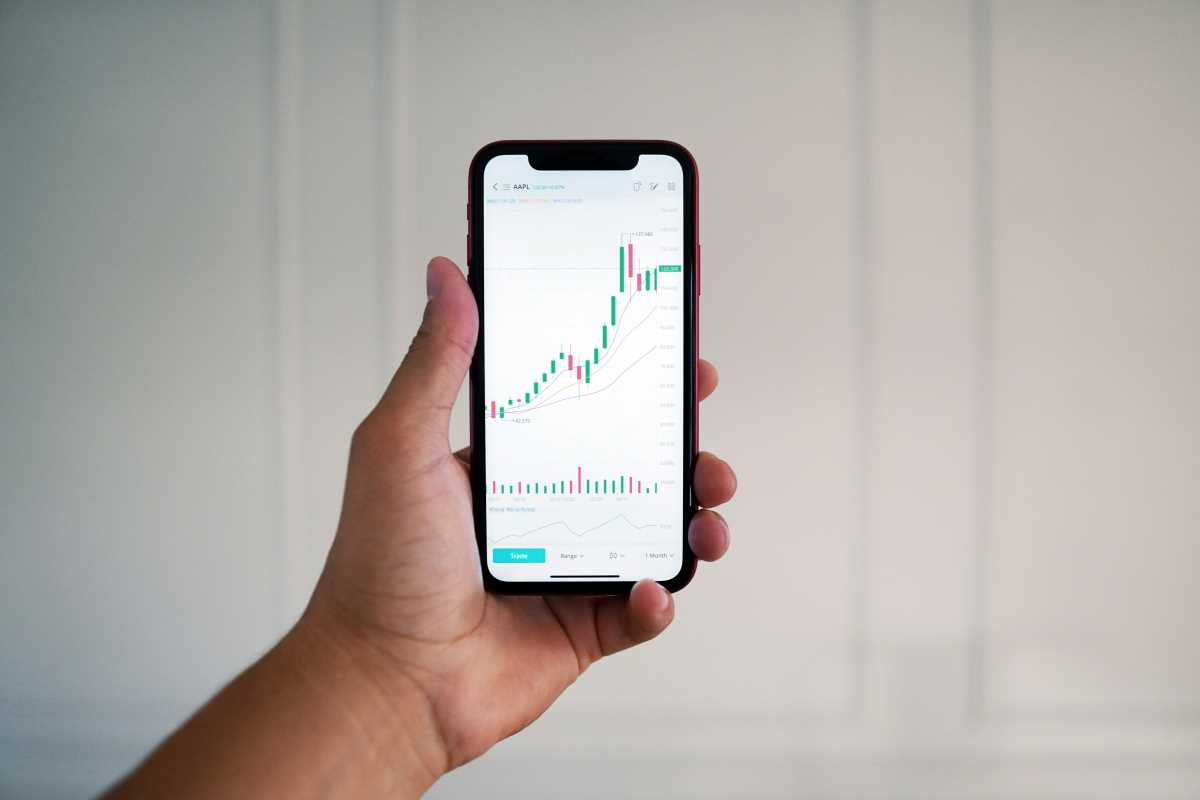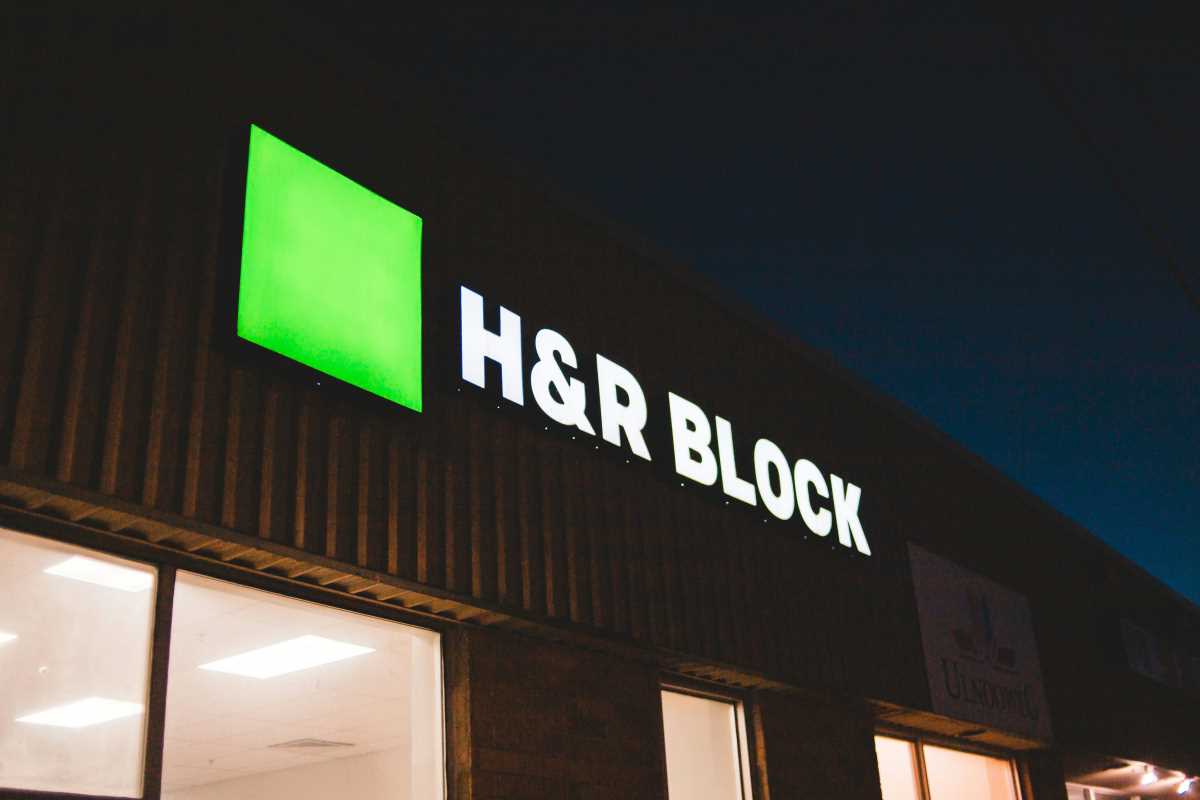Refinancing your mortgage can be a powerful financial tool, but it’s not a decision to take lightly. It means replacing your current mortgage with a new one, often to secure better terms or meet changing financial goals. The year 2025 brings with it a unique housing market influenced by fluctuating interest rates, evolving inflation, and a persistent shortage of housing inventory. Knowing when and why to refinance is crucial to making a choice that aligns with your financial strategy. We will help you explore the potential benefits of refinancing and the risks involved, so you can make a decision that's best for you and your financial future.
What Is Mortgage Refinancing?
Refinancing involves taking out a new loan to replace your current mortgage. The new loan pays off the old one, often with updated terms, such as a lower interest rate or a different repayment timeline. Many people refinance to reduce their monthly payments, switch from an adjustable-rate mortgage (ARM) to a fixed-rate mortgage, or even tap into their home equity to fund other needs. Refinancing comes with upfront costs and long-term implications, so careful planning is essential.
The Pros of Refinancing Your Mortgage
Refinancing offers several possible benefits, especially when timed well. Here are the major advantages:
1. Lower Interest Rates
A significant reason for refinancing is securing a lower interest rate. If you locked in a high rate when you first purchased your home, refinancing in 2025 could help you reduce your costs. For example, if your original rate was 6.8% in 2023 and you refinance to 6.3%, the average projected rate for later in 2025, you could save thousands of dollars over the life of the loan. Lower interest rates can also reduce your monthly payment, potentially freeing up cash for savings or other expenses.
2. Lower Monthly Payments
Refinancing into a lower rate or extending your loan term can reduce your monthly mortgage payments. For instance, switching from a 15-year to a 30-year term spreads out the cost, making the monthly obligation easier to manage. Keep in mind that longer terms will increase the total amount you pay in interest.
3. Switching Loan Types
If you currently have an ARM, refinancing into a fixed-rate mortgage can offer stability, especially in a volatile interest rate environment. With interest rates projected to stay above 6% through 2025, locking in a fixed rate can protect you from future rate hikes. Similarly, switching from a fixed to an ARM might make sense if you expect rates to decrease further and plan to sell your home before rate adjustments kick in.
4. Cash-Out Refinancing for Equity Access
With U.S. home equity exceeding $34.9 trillion by late 2024, many homeowners can leverage this value through cash-out refinancing. For example, if your home is worth $400,000 and you owe $250,000, you could refinance for $300,000 and use the $50,000 difference for home improvements, debt consolidation, or other expenses. While this can provide immediate funds, weighing this choice against the risk of losing equity is important.
5. Debt Consolidation
Refinancing provides a way to consolidate high-interest debts, such as credit cards or personal loans, into your mortgage at a lower interest rate. This simplifies payments and can save money over the long term. This approach has risks. Since your house becomes the collateral, you could face foreclosure if you fail to keep up with payments.
The Cons of Refinancing Your Mortgage
While refinancing offers potential benefits, it also has drawbacks that could outweigh the savings, depending on your situation.
1. Upfront Costs and Fees
Refinancing isn’t free. It typically costs 2-6% of the loan amount, including application fees, appraisal, title insurance, and more. For instance, refinancing a $300,000 mortgage could cost between $6,000 and $18,000. It’s crucial to calculate your "break-even point" (the time it takes for your monthly savings to offset these costs). If your refinancing saves you $200 per month and costs $8,000 upfront, you’ll need 40 months (or over three years) to break even.
2. Extended Loan Terms
While refinancing to a longer loan term can lower your monthly payments, it results in paying more interest in the long run. For example, if you have 10 years left on a 30-year loan and refinance into a new 30-year term, you’ll pay for an additional 20 years of interest.
3. Risk of Losing Equity
Cash-out refinancing allows you to tap into your home’s value, but it reduces the equity you own. A significant risk is ending up "underwater" on your mortgage if home values drop. This means you owe more on your mortgage than your home is worth, which can make selling or refinancing in the future difficult.
4. Impact on Credit Score
Refinancing triggers a hard inquiry on your credit report, which can temporarily lower your credit score. Taking on a higher loan balance may negatively affect your credit utilization ratio, further impacting your score.
5. Not Ideal for Short-Term Homeowners
If you plan to sell your home in the next 5-7 years, the upfront refinancing costs may not justify the potential savings. Break-even analysis is critical here. If your break-even point on the refinancing is four years and you plan to sell in three, refinancing wouldn’t be cost-effective.
Determining whether to refinance your mortgage in 2025 depends on several factors, including your financial goals, current mortgage terms, and how long you plan to stay in your home. If interest rates remain at or above the 6% range as projected, refinancing may most benefit homeowners with significantly higher current rates or those looking to access their equity. On the other hand, short-term homeowners or those who recently locked in favorable rates may not find refinancing worthwhile.
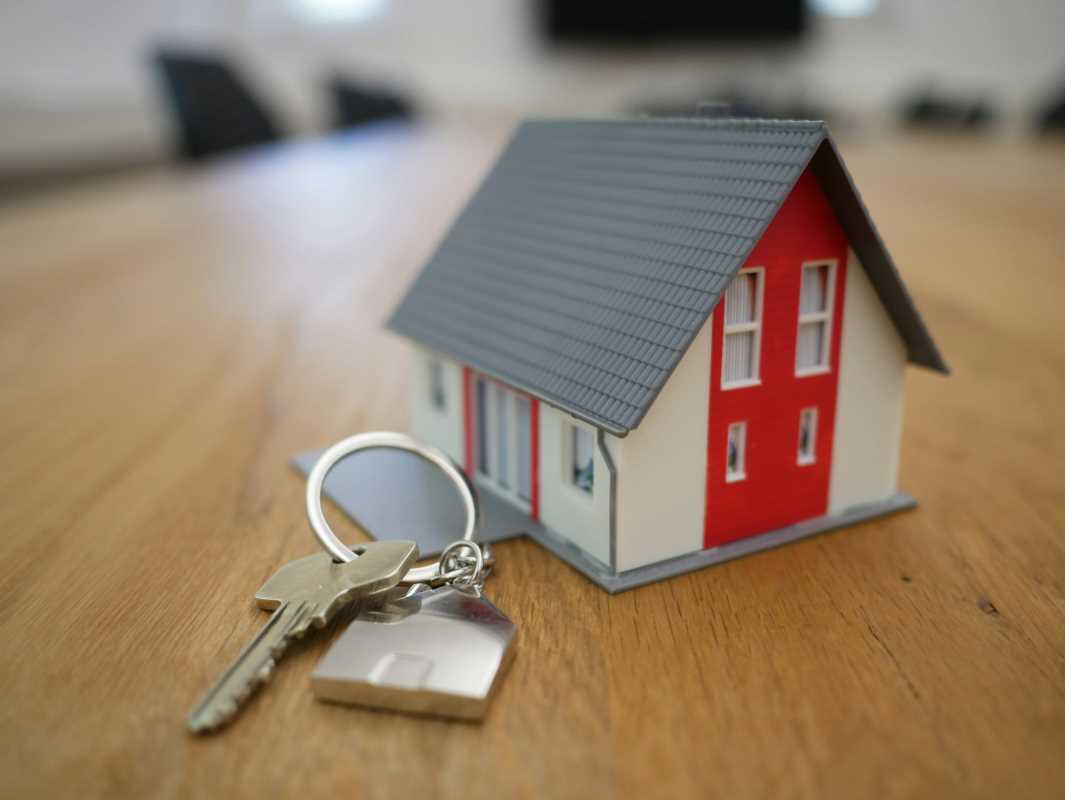 (Image via
(Image via